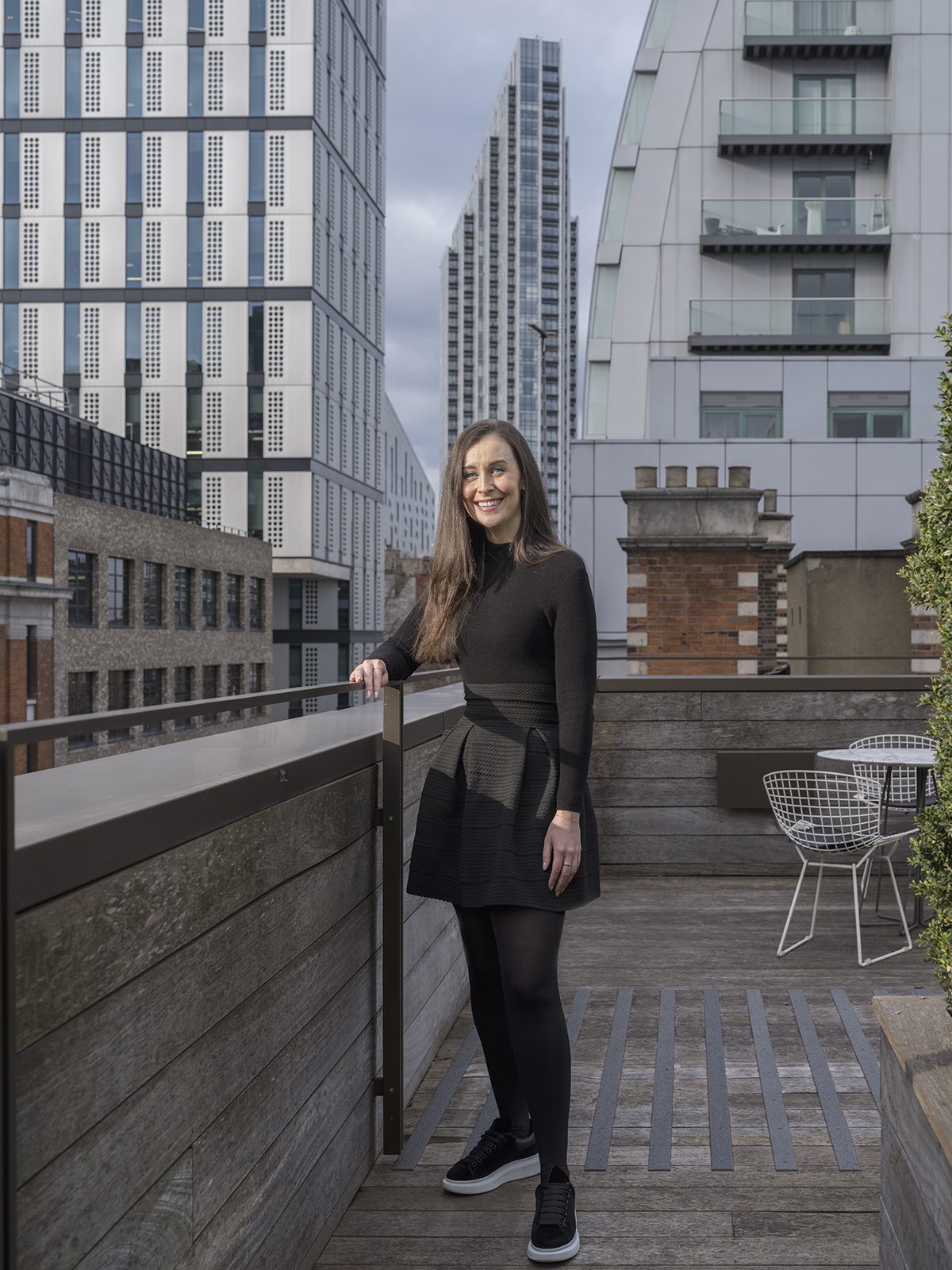Rachel Hoolahan’s work at Orms is focused on translating research into meaningful change on projects and reusing buildings and materials – even the ones that weren’t designed with reuse in mind.
Although the climate emergency has been on sustainability agendas for a long time, for many it was an intangible future. The pandemic fundamentally turned our lives upside down and demonstrated that the impossible was possible. But the initial disbelief quickly turned into a deep fear of the unknown. I think that this sobering moment of realisation about the impending climate emergency is now happening for many.
As an industry we have reached a point where we have finally acknowledged the enormity of the challenge. At Orms, we are energised by it, and we are ready to make systemic changes. But what do we need to do?
We believe that each project presents a unique opportunity to further research and innovation, and our holistic approach to sustainability is curated to suit the nuances of each project.
My work at Orms centres around these deep research assignments. I focus on developing research thinking within industry groups, translating this into meaningful change on our projects and providing support and encouragement for others to do the same. I believe that material reuse is the most significant way to address the climate emergency, as it simultaneously reduces carbon emissions of our buildings and enables us to live within the planet’s means. This begins with designing all new materials to be suitable for future reuse, but we will increasingly need to reuse the buildings and materials we already have – even the ones that weren’t designed with reuse in mind.
From supertall glass skyscrapers to poor quality buildings full of cheap disposable materials, each building presents a series of nuanced challenges. Our role as architects is to identify and maximise the potential that each opportunity presents. We must reflect on our current built environment, particularly the buildings that are not suitable for reuse, so we can truly understand how to design for circularity and carry this wisdom onto our future work. As custodians of our built environment our sphere of influence is enormous, and we must choose to use it wisely.
Rachel Hoolahan
City Road, London
Source: Architecture Today

